Choosing for a sewing machine can be a bit of an overwhelming task, especially if you don’t have a lot of sewing experience. Apparently if you are reading this article, you might fall into that category. Welcome!
Buying a New Sewing Machine
The main question to be answered. What are you planning to make? I think you understand that sewing machines can be used for household purposes and also for specific sewing needs. That’s why it’s so important to know what kind of projects you want to do as well as the types of fabric you plan to use.
When buying a new sewing machine, whether for yourself or as a gift, you first need to answer the question: What are they going to do on this machine? I think you understand that sewing machines can be used for household purposes and also for specific sewing needs. That’s why it’s so important to know what kind of projects you want to do as well as the types of fabric you plan to use.
In addition, a well-designed sewing machine makes learning to sew a much more enjoyable process. A quality sewing machine is an investment and it is something that you will likely be using for a very long time. Even if you don’t use device every day, you want to have one that is dependable when you sit down to sew. Also, good sewing machines can be very expensive, so you need to keep a budget in mind, but you do not have to break the bank to get a really good sewing machine.
1. Financial Resources
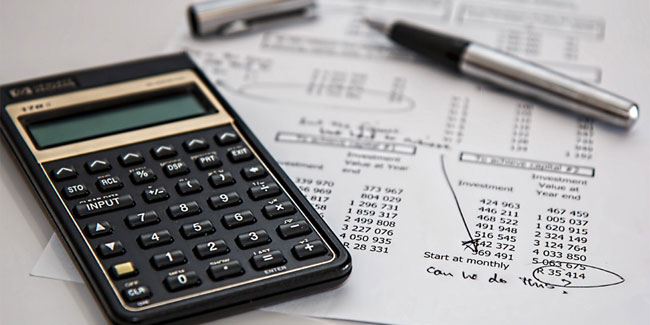
When it comes to budgeting for a sewing machine, my top piece of advice is to go for quality rather than frills. Of course, your financial situation will determine the features accessible to you, which ultimately determines the options available.
If you have a limited budget, consider purchasing a high-quality used device. Look for a dealer that takes trade-ins; they’ll have done a thorough checkup on the equipment and give you some warranty time as well as a lesson on how to operate it. If you want a machine with a heavy-duty motor or other premium features, this may be an excellent option.
There are also some alternatives that can help you save money. Several sewing machine manufacturers provide decent machines for a reasonable price. The most important consideration with these machines is that they are lightweight (both a plus and a negative), and many of their components are manufactured of plastic. If a component breaks, you may not be able to have the machine fixed. There are, however, a few highly regarded, low-cost ($150-$300) models that may serve you for many years.
2. Variety of stitches
This is a tough-to-answer sewing golden question. Once you’ve determined your budget, it’s time to start selecting some of the features you’d want on your machine. The quantity of stitches accessible on a specific device will be the first concern that comes up.
The most important thing is not to be enthralled by the number of stitches, but rather select a machine with stitches that you will actually use.
The basic stitches needed to sew well are a straight stitch and a zigzag stitch. Almost all sewing can be done with either of these two stitches. However, there are a few additional stitches and/or stitch elements that I believe enhance the experience of stitching.
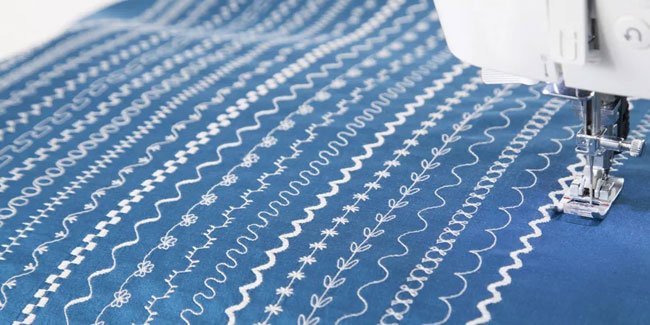
Different Types of Stitches
- Straight Stitch: The straight stitch must be adjustable between 0 and 5 millimeters. The lock-stitch option is accessible via the 0 setting, while the gathering stitch is available through the 5mm stitching length option. You’ll most often use a 2.5mm stitch length when stitching. Look for machines that allow you to easily adjust the stitch length.
- ZigZag Stitch: The zigzag stitch should be modified in both the length and width of the stitches.
- Buttonhole Stitch: A buttonhole stitch is made by a zigzag stitch that has been programmed. A buttonhole option should be included on any machine with a zigzag stitch. Even budget models may have an automated buttonhole function. Try this feature out before purchasing a machine if possible.
- Stretch or Knit Stitch: There are a few knitted-friendly stitches. One resembles a ‘lightening’ symbol, whilst the other is a triple stretch stitch. When you stitch knits, both will allow them to expand (and not pop the threads). While a zigzag stitch works well on elastic fabrics, certain knit stitches perform much better.
- Blind Hem Stitch: This stitch is excellent for making nearly invisible hems on skirts and pants.
- Utility Stitches: There will usually be several utility stitches (which include stretch/knit stitches). These are fantastic for finishing seams and may also be used as decorative knots.
You’ll know which stitches you want to use after a while when you sew. And, if that happens, it’s usually time to upgrade your machine.
3. Special Features
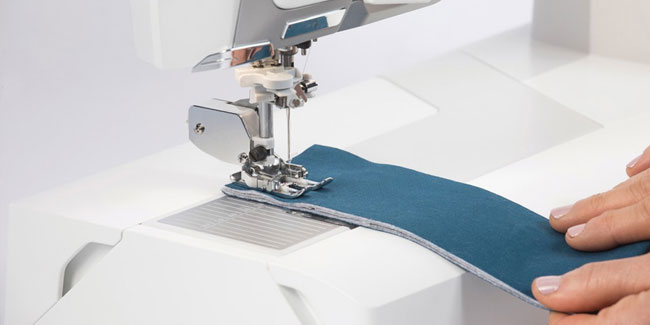
Some machines come equipped with all kinds of awesome features that make sewing a lot of enjoyable.
- Needle Threader: A needle threader is a device that can be used to put the thread into the needle hole. High-end sewing machines will have an automatic needle threader, while low-cost models will have a semi-automatic one.
- Needle Up/Down: You may turn the bolt and insert or remove fabric with this gadget, which makes pivoting and turning cloth much easier.
- Adjustable Speed Control: This is one of the most useful features since it lets you regulate how quickly or slowly you sew. It’s ideal for difficult textiles.
- Needle Position Adjustment: It’s available on high-end and low-cost machines. It allows you to go up or down the line. Perfect for zippers or top stitching.
- Lighting: Most machines now have good lighting, although some do not. Make sure you can see what you’re doing while sewing with the lights on.
- Automatic Thread Cutter: Most sewing machines come with an auto-thread cutter. All you have to do is push a button and the thread is cut. Try it out on a variety of machines to see which ones are superior.
- Knee Lifter: It’s now possible on low-cost machines, thanks to technology. It used to be solely available on high-end machines but is now accessible on mid-range models. The presser foot may be lifted while your hands are holding the cloth in place with this device. Curves and sharp corners are easier with it. I can’t imagine doing any sewing without it.
- Free Arm: A removable part of the sewing deck which allows you to slip something narrow (like a sleeve) under the needle. Sometimes it has dedicated accessories storage box.
4. Attachments and Feet
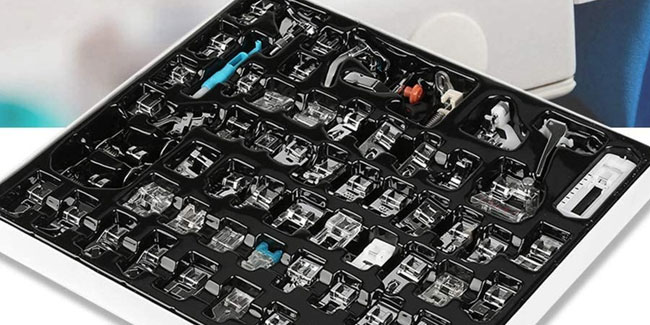
The attachments and feet will be tailored to the tasks you want to perform. A Walking Foot, spring action foot, and a 1/4″ foot (foot) are required for quilters. Garment sewists should search for a zipper foot, overcast stitching foot, buttonhole foot, and button attaching foot.
All machines will have all of these feet, however less expensive ones might not. Higher-end devices will have a greater range of choices. The availability of accessories and feet is another factor to consider. Some producers demand between $30 and $50 for their extensions.
Some manufacturers market machines with a more narrow application. The name of the machine may include a ‘Q’ next to it, which indicates that it has feet and attachments suitable for quilting. On the other hand, I’ve seen a sewing machine on Project Runway that is designed for individuals who want to sew their own clothes.
Check the attached equipment and the feet to see whether they best suit your sewing plans.
5. Computerized or Mechanical
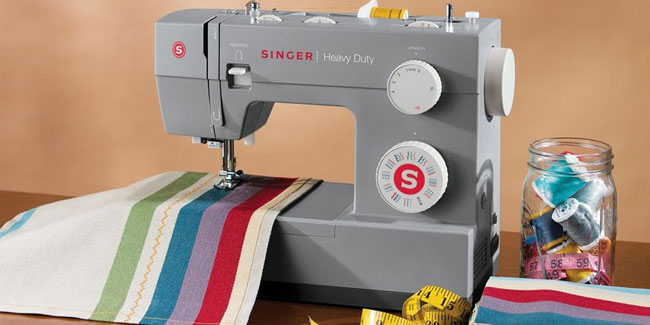
The objective of sewing is for the needle to move up and down. What’s inside a sewing machine might have an impact on how well it performs this function.
Mechanical Machines
Because they don’t have a computer, mechanical equipment are easier to use and weigh less than electrical ones. They require significantly easier upkeep. They will serve you for a long time if kept clean and lubricated, making them an excellent value for money option.
Computerized Machines
A well-maintained, computerized machine will produce a lovely straight stitch every time. In one way or another, all high-end machines will be computerized.
Computerized machines almost always feature a touch screen and make stitch selection, length, buttonholes, and programmed stitch sequences much easier. Almost every computerized machine has a touchscreen.
The motor is one of the most significant advantages of a computerized machine. Because computerized machines are frequently more expensive, they usually have high-powered motors that are perfect for heavy-duty tasks.
Because a computerized sewing machine is made up of many moving parts, servicing it will almost always require the services of a professional.
Electronic Machines
Consider a third alternative, which is a machine that is referred to as electronic. It’s a combination of mechanical and computerized equipment.
There is often a computer display, but on the inside, the machine is entirely mechanical. These machines are typically worry-free when properly maintained.
The machine will usually have stitch selection, needle up/down, needle position, and a thread cutter.
These machines feature a wide range of stitches, although they don’t embroidery. They’re typically quite nice sewers.
Last Thoughts on Selection
I always recommend buying a machine from a local dealer and building a long term relationship with it. If they are a good dealer, they will help you select the right sewing machine. Also, a good dealer will have an excellent service department to help you keep your machine in top condition for many years to come.
Lastly, I think it wouldn’t hurt to do some research on various manufacturers. Knowing a little about the company that manufactures sewing machine will help you to make the most informed decision and allow match you to the right sewing machine.
I hope that this article will help you understand what kind of sewing machine you need and make a choice that will bring you years of joy.

